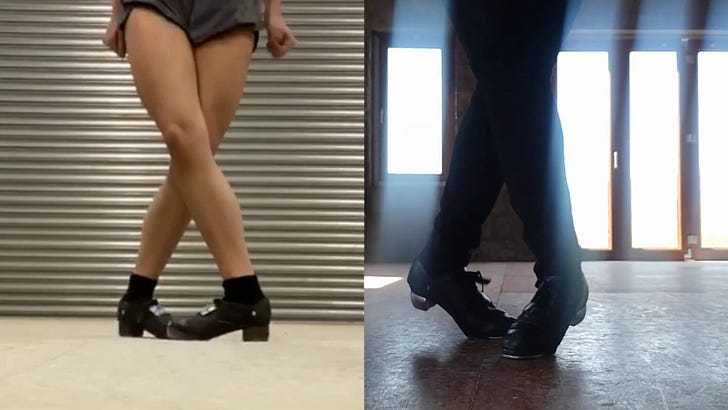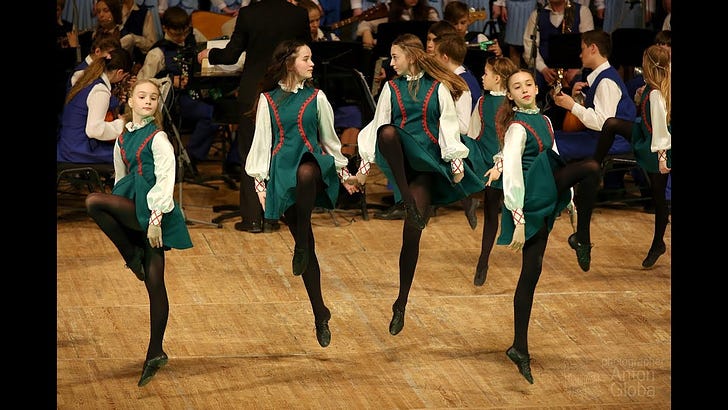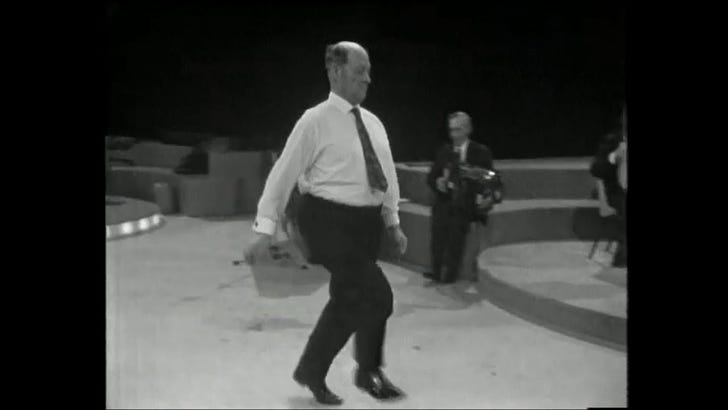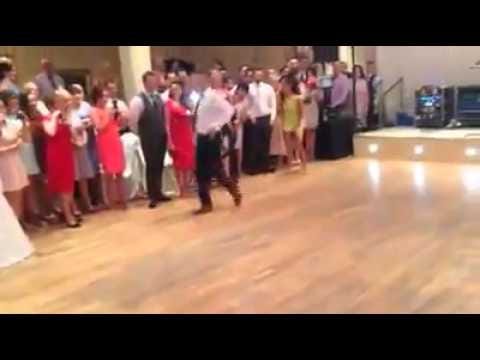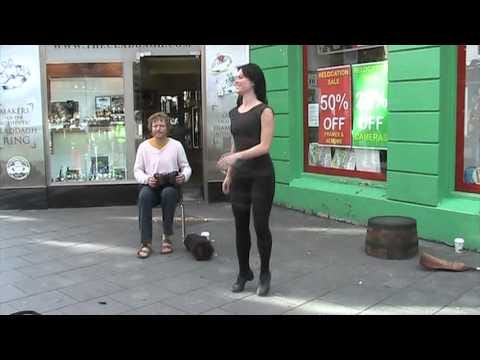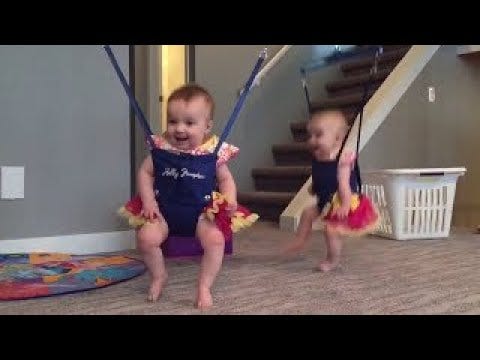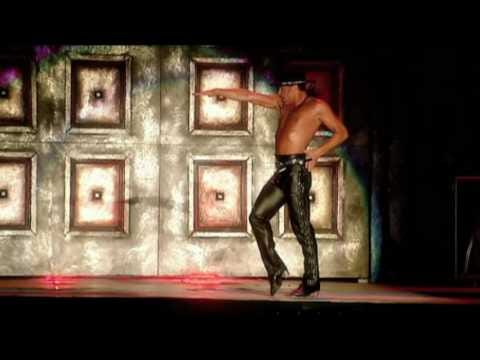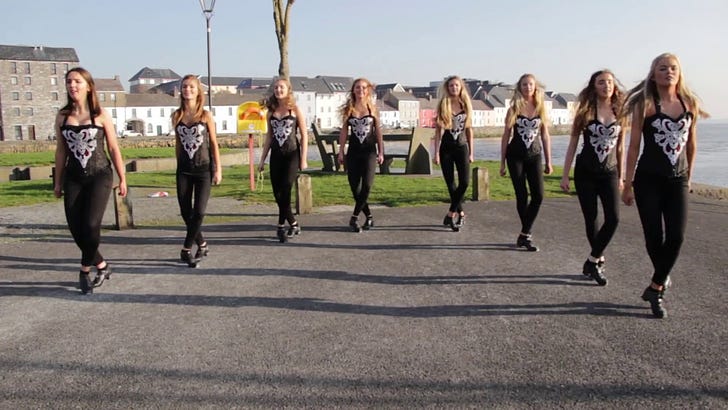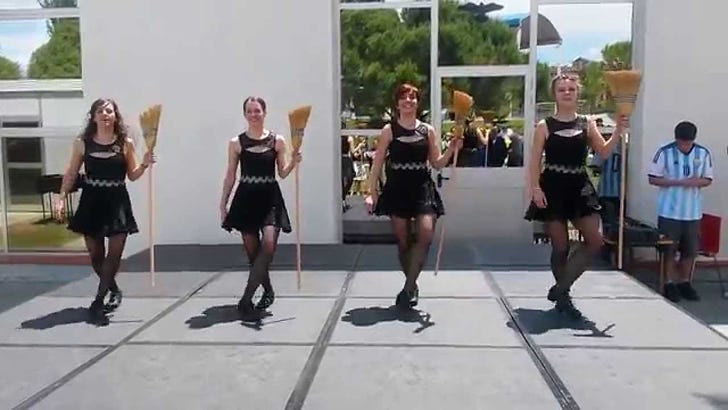Irish dancing is a captivating art form that has evolved over centuries, deeply rooted in the rich culture and history of the Emerald Isle. It's more than just a dance; it embodies the Irish spirit, full of energy, rhythm, and joy. Let's explore the enchanting world of Irish dancing, its origins, various forms, and its significance in Irish culture.
Origins of Irish Dancing
The origins of Irish dancing are as deep and fascinating as Irish culture itself. Although the exact beginnings are unclear, it's believed that Irish dance evolved from traditional forms brought to Ireland by the Celts around 500 BC. In the 18th century, dance masters traveled across Ireland, teaching and refining the dance forms that have shaped modern Irish dance.
Social and political factors also heavily influenced Irish dance. It faced suppression during English colonization but survived in rural areas, later reviving as a symbol of national pride. Today, Irish dancing is celebrated globally, thanks to the success of shows like Riverdance and Lord of the Dance.
Types of Irish Dancing
There are three main types of Irish dancing: step dancing, set dancing, and céilí dancing. Each has unique characteristics but shares the essential elements of rhythm, precise footwork, and a lively spirit.
Step Dancing
Step dancing is the most recognized form, popularized by shows like Riverdance. It features quick, precise footwork and high kicks while the upper body remains largely stationary. Dancers wear elaborate costumes and hard shoes that create a distinctive tapping sound.
Set Dancing
Set dancing is a social dance involving four couples in a square formation. It's more relaxed and informal than step dancing, with a focus on group performance rather than individual showcases.
Céilí Dancing
Céilí dancing is another social dance performed in larger groups. These choreographed dances are based on traditional Irish folk dances, often accompanied by lively Irish folk music, creating a festive and joyful atmosphere.
Significance of Irish Dancing
Irish dancing is not just entertainment; it's a vital part of Ireland's cultural heritage, connecting people to their past and celebrating Irish identity. It brings communities together to share stories, music, and dance.
Competitive Irish dancing, known as feisanna, is a significant aspect of the culture. Dancers of all ages compete in local, regional, and international competitions, showcasing their technique and style. These events are about more than winning; they celebrate the art of Irish dance and the community spirit it fosters.
In recent years, Irish dancing has gained international recognition, attracting dancers and audiences worldwide. Shows like Riverdance have presented Irish dance in a dynamic, modern context, leading to exciting fusions of styles and the evolution of the dance, keeping it vibrant and relevant in the 21st century.
Conclusion
Irish dancing is a rhythmic celebration of Irish culture and heritage. It captures the spirit of Ireland with its energy, joy, and resilience. Whether you're watching a thrilling Riverdance performance, participating in a lively céilí dance at a local pub, or practicing the precise footwork of step dance, you're partaking in an age-old tradition that continues to bring joy and unity to people worldwide. Its universal appeal and magnetic charm truly make Irish dancing an enchanting world in itself.
Unbelievable Irish Dance: Walking on Stones
The Irish dance "WALKING ON STONES" is an ancient and traditional form of Irish dance. Believed to have originated during the time of the Celts, this dance has been passed down through generations of Irish people. It is named after the Irish legend of Fionn mac Cumhaill, who was said to have the ability to walk on water.
The Fastest Reel in the West
In 1972, John Conneely delivered a memorable performance of Irish dancing on The Late Late Show, earning him the nickname "the fastest reel in the west". This was a significant event for both John and Ireland, as he shared his inspirational story with host Gay Byrne and the viewers.
Watch the Bride and Groom Join the Dance When Riverdance Comes to a Wedding!
A video showing a former Riverdance professional's wedding has become a viral sensation, for obvious reasons. The bride and groom took part in a memorable dance performance that was the highlight of the event. Their graceful movements, typically only observed on stage, left the guests mesmerized as the couple elegantly moved across the dance floor.
The Enchanting Art of Irish Step Dancing in Galway
Exploring the Enchanting Art of Irish Step Dancing in Galway. This article delves into the captivating world of Irish step dancing, an art form that has been enthralling audiences for hundreds of years. The complex footwork and vivid costumes of this dance pay homage to
Twin Baby Irish Dance ( How cute is this?)
Recently, a video of two charming twin babies executing an Irish dance has become an internet sensation. Their mother posted the video, which depicts the twins in vibrant traditional attire enthusiastically performing twirls, kicks, and spins to classic Irish jigs and reels. The sheer enjoyment of the babies as they dance is evident, much to the pleasur…
The Best of Michael Flatley: Lord of the Dance
Michael Flatley has become the undisputed king of Irish dance, ranging from the energetic rhythms of traditional Irish step-dancing to the magnificence of his spectacular productions.Love Ireland is a reader-supported publication. To receive new posts and support my work, consider becoming a free or paid subscriber.
Think Irish Dance is Old-Fashioned? Watch Galway’s Finest Rock ‘Shape of You’!
In the heart of Galway, at the Claddagh, a historical Irish location, a troupe of eight skilled dancers from The Hession School of Irish Dancing performed a stunning routine, gracefully dancing to the rhythm of Ed Sheeran's "Shape of You" and Beoga's "A Lovely Madness".
Devastated You Weren’t There? Spanish Witches' Irish Broom Dance Enchants!
Spanish witches execute an Irish broom dance – An Irish Treble performance at the American College of Madrid during its intercultural dance gathering. A delightful Irish Broom Dance!Love Ireland is a reader-supported publication. To receive new posts and support my work, consider becoming a free or paid subscriber.

